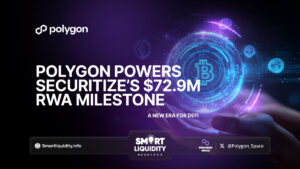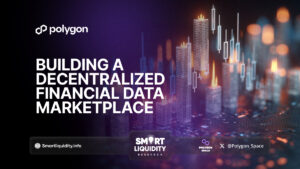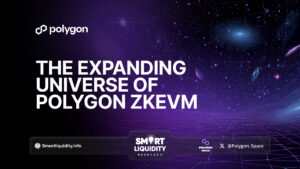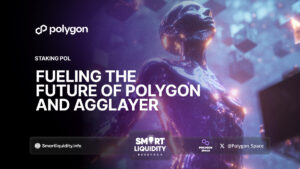Comparing L3s and Aggregated L2s: A Developer’s Guide
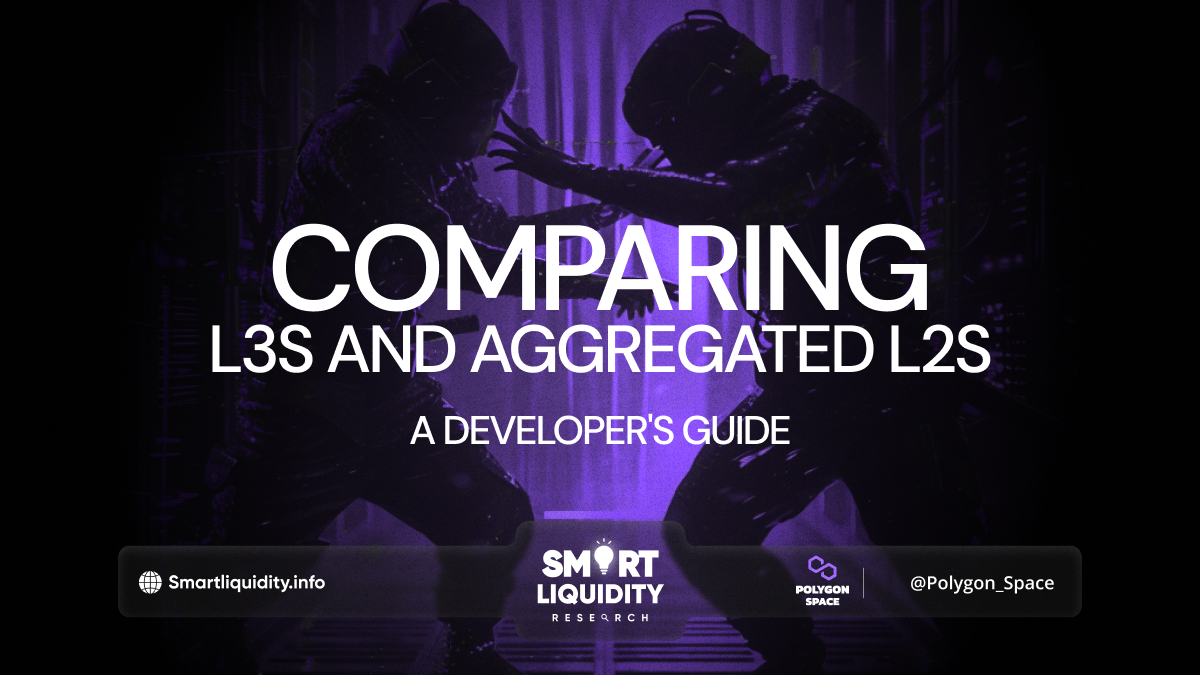

As the blockchain landscape evolves, developers face the challenge of enhancing scalability, reducing costs, and optimizing user experiences. In this pursuit, Layer 3 (L3) solutions and aggregated Layer 2 (L2) solutions have emerged as key players.
This guide explores these technologies on the Polygon blockchain, comparing their features to help developers make informed decisions.
Understanding Layer 2 (L2) Solutions
Layer 2 solutions operate on top of a base blockchain (Layer 1), aiming to increase transaction throughput and reduce gas fees. Polygon, a leading platform for L2 solutions, offers various scaling options, such as Plasma, Optimistic Rollups, and zk-Rollups.
Key Features of L2 Solutions on Polygon
- Scalability: L2 solutions increase transactions per second (TPS) by processing transactions off-chain and settling them on-chain periodically.
- Cost Efficiency: By lowering the computational burden on the main chain, L2 solutions reduce gas fees, making transactions more affordable.
- Interoperability: Polygon’s L2 solutions are designed to be compatible with Ethereum, allowing seamless interaction between the two ecosystems.
Exploring Aggregated L2s
Aggregated L2s enhance scalability and efficiency by combining multiple L2 technologies. This approach leverages the strengths of different L2 solutions, creating a more robust framework optimized for various use cases.
Benefits of Aggregated L2s
- Enhanced Scalability: Integrating multiple L2 solutions allows aggregated L2s to handle higher transaction volumes and support a broader range of decentralized applications (dApps).
- Improved Flexibility: Aggregated L2s enable developers to choose the most suitable solution for their specific needs, whether for faster finality, lower costs, or better security.
- Resilience and Redundancy: Aggregation ensures network stability by providing redundancy; if one L2 solution encounters issues, others can maintain operations.
Introduction to Layer 3 (L3) Solutions
Layer 3 solutions, built on top of L2 solutions, focus on application-specific optimizations to further enhance dApp performance and functionality. These solutions cater to specific use cases like gaming, DeFi, or NFTs, tailoring infrastructure to meet unique demands.
Characteristics of L3 Solutions
- Customization: L3s enable tailored optimizations, allowing developers to fine-tune performance metrics like latency, throughput, and cost for their applications.
- Modularity: L3 solutions can be integrated into various L2 frameworks, offering versatility and adaptability across different environments.
- Enhanced User Experience: By improving performance and reducing transaction costs, L3s provide a superior user experience, crucial for mass adoption of blockchain applications.
Comparing L3s and Aggregated L2s on Polygon
Scalability
- Aggregated L2s: Achieve scalability by combining strengths of multiple L2 solutions, significantly increasing TPS and supporting more applications.
- L3s: Enhance scalability through application-specific optimizations, providing even greater performance for targeted use cases.
Cost Efficiency
- Aggregated L2s: Distribute transaction load across various L2 technologies, lowering gas fees.
- L3s: Optimize transactions for specific applications, potentially achieving near-zero fees for certain use cases.
Flexibility and Customization
- Aggregated L2s: Offer flexibility by allowing developers to select the most appropriate L2 solution for their needs, benefiting from a diverse range of technologies.
- L3s: Provide unparalleled customization, enabling developers to tailor infrastructure precisely to their applications, enhancing performance and user experience.
Implementation Complexity
- Aggregated L2s: Require complex implementation due to integrating multiple L2 solutions, involving intricate coordination and management.
- L3s: Involve complexity at a different level, focusing on optimizing specific applications but potentially simplifying overall architecture by reducing dependency on multiple L2 frameworks.
Conclusion
Both L3 solutions and aggregated L2 solutions on the Polygon blockchain offer unique advantages for developers aiming to enhance scalability, reduce costs, and improve user experience. Aggregated L2s provide a robust framework by combining multiple L2 technologies, making them suitable for a wide range of applications. Conversely, L3s offer highly customized optimizations that can elevate performance and efficiency for niche applications.
Deciding between L3s and aggregated L2s depends on the specific requirements of your project. Developers aiming for broad scalability and flexibility may find aggregated L2s ideal, while those focusing on niche applications with stringent performance demands might prefer L3 solutions. As the Polygon ecosystem evolves, both solutions will play crucial roles in advancing blockchain technology.
REQUEST AN ARTICLE
DISCLAIMER:
“The information provided on this platform is for general informational purposes only. All information on the platform is provided in good faith; however, we make no representation or warranty of any kind, express or implied, regarding the accuracy, adequacy, validity, reliability, availability, or completeness of any information on the platform.”

